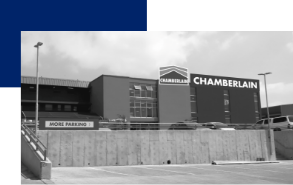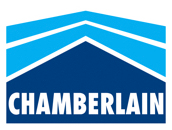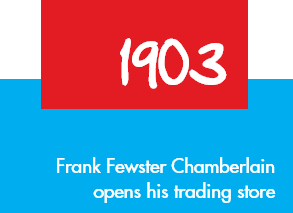

The earliest surviving document of the family business: a receipt for the first instalment on the property in Rietfontein (now Riviera), bought by Frank Fewster Chamberlain.
Uncle Frank opened his shop in Riviera, a village northeast of Pretoria. He supplied produce and second-hand building materials to dairy farmers in the Moot Valley.
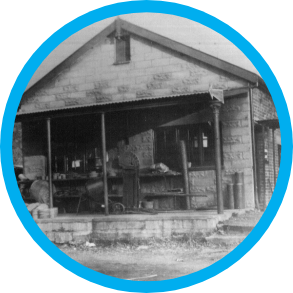

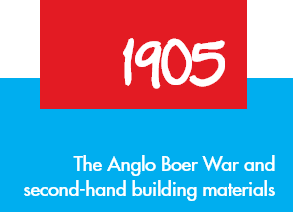

After the Anglo Boer War (1899 – 1902) the soldiers’ barracks were demolished and sold piece-meal from Roberts’ Heights (Voortrekkerhoogte, now Thaba Tshwane).
Frank Fewster Chamberlain would trek up to Roberts’ Heights to bid on the materials – nails, timber, doors and glass – and return to Riviera to sell them.
The title deed of the Rietfontein property (pictured right), was signed by the surveyor-general of the Transvaal in 1905 - General JC Smuts.
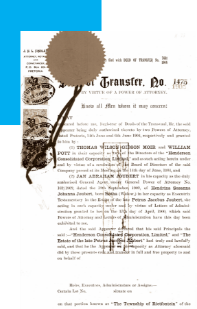

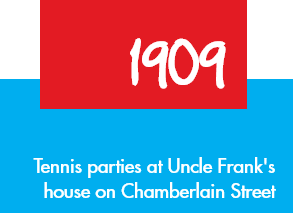

Very old residents of Riviera remembered tennis parties before the First World War at Uncle Frank’s house over the road from his shop on Chamberlain Street.
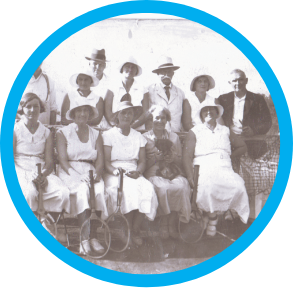

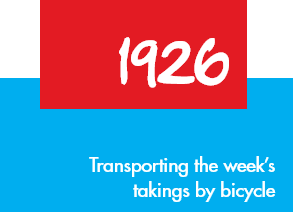

In 1926 Frank Fewster’s nephew, Frank Herbert Chamberlain arrived from the family farm in England to join his uncle. His duties included cycling through the donkey camp where Pretoria Academic the hospital is today, to Barclays Bank and the Post Office on Church Square.
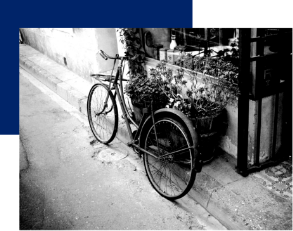

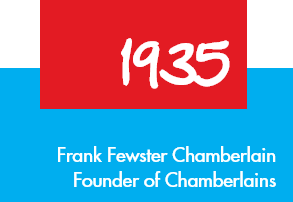

8 FEB 1864 - 3 APR 1935 In April of this year, Frank Fewster Chamberlain died, having built up an estate of £4778 and 20 properties.
![]()
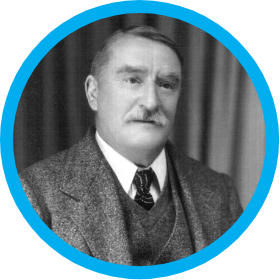

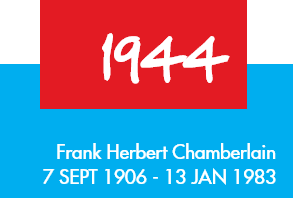

Frank Herbert Chamberlain inherited the business after his uncle died and slowly built up the company during the Great Depression.
The 1940s and the 2nd World War brought tremendous shortages of all goods, especially building materials. In spite of this, F.H. Chamberlain recorded a £558-1-0 profit for the financial year-end in June 1944.
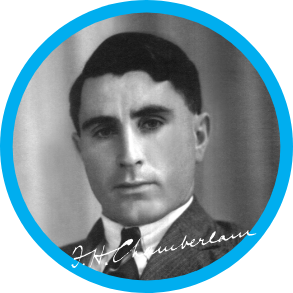

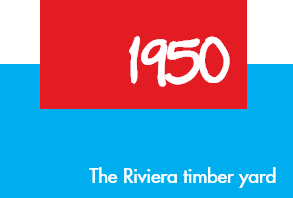

Frank Herbert Chamberlain with Elizabeth, Philip and David in the Riviera timber yard.
The trees in the background are still standing today.
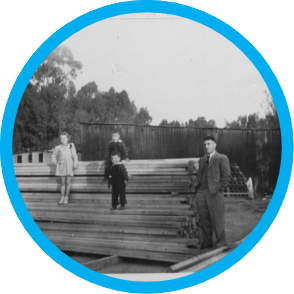

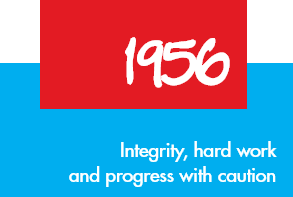

The South African building industry took off in the 1950s. Offices and a new shop were built on the Riviera site in 1956. Frank Herbert Chamberlain created a solid business based on his credo of integrity, hard work and progress with caution.
In the background, the original 1903 trading shed.
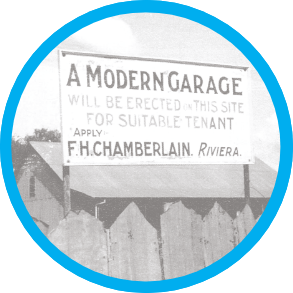

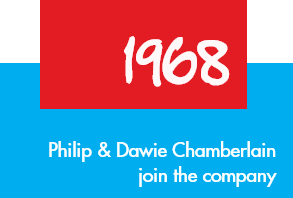

Frank Herbert’s sons, Philip Newton and Frank David (Dawie) Chamberlain, joined the firm after completing their studies. Philip was in charge of finance and administration and Dawie of operations.
The partnership is based on having fun and making a profit (in that order).
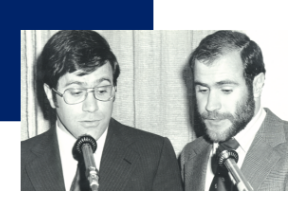

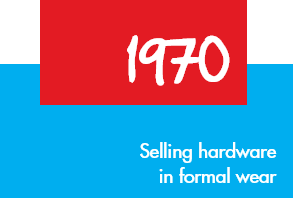

The company achieved a substantial increase in turnover and posted annual sales of R1 000 000.
Pictured on the right, the Riviera sales counter during the 1970s - salesman in formal wear, dressed in jackets and ties.
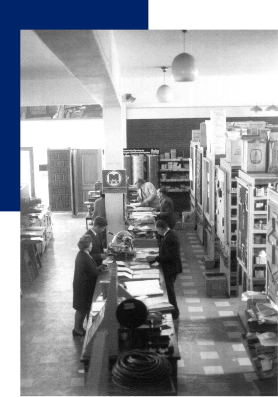

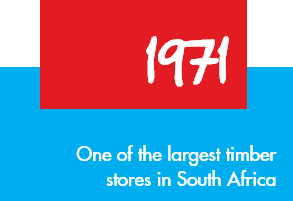

Eager to grow the business, the brothers bought sites in the industrial suburb of Waltloo.
The property now encompasses the truss factory, joinery, vehicle workshop, hardware store and the bulk timber shed.
Pictured right, Chamberlain had to build their own rail siding at Waltloo because transporting timber from the sawmills by the road was illegal at that time.
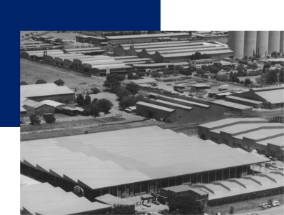

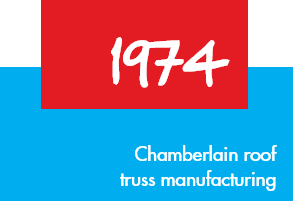

Chamberlain opened its roof truss a manufacturing plant on the Waltloo property.
The first roof trusses supplied by Chamberlain (pictured on the right) still standing today.
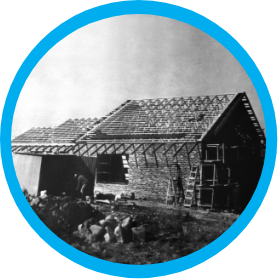

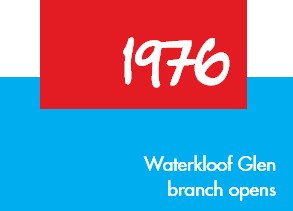

On the 50th anniversary of Frank Herbert’s arrival in South Africa, FH Chamberlain Waterkloof Glen opened in the veld to the east of Pretoria.
The surrounding suburbs were developed during the building boom of the early 1980s.
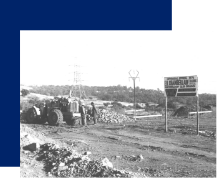

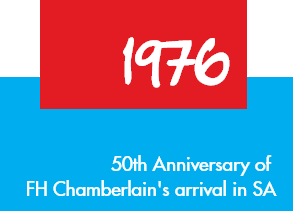

Pictured on the right - the Chamberlain brothers singing at the 50th anniversary of Frank Herbert Chamberlain's arrival in South Africa.
The anniversary party was a grand event held at the Pretoria Club.


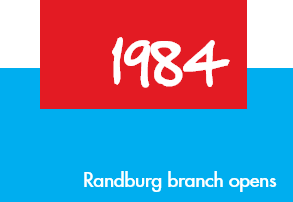

The Randburg store opened on 1 September 1984.
Two weeks later the prime rate soared to 25% and the South African building industry entered its worst slump in history.
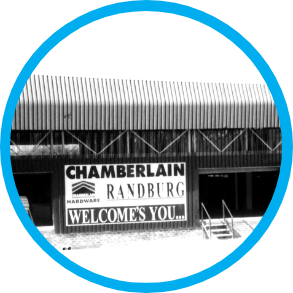

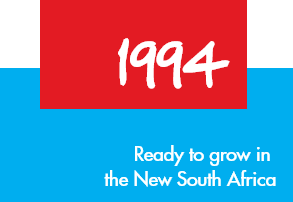

Chamberlain weathered the wild economic swings and political unrest of the 1980s and welcomed democratic South Africa – ready to grow.
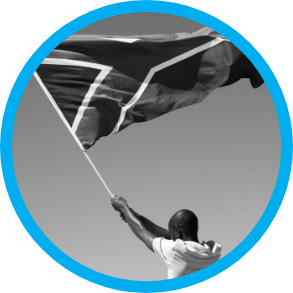

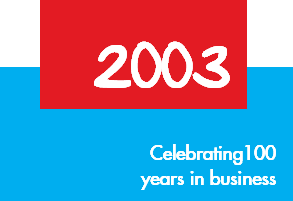

Chamberlain celebrated it's Centenary with a turn-of-the-century staff party and another famous Chamberlain customer braai.
Pictured right, Philip and David Chamberlain celebrate with Emily Mametje.
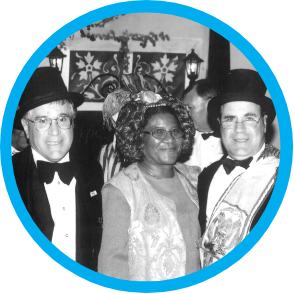

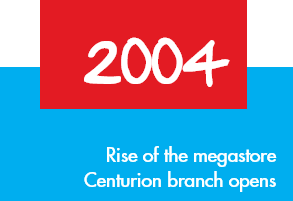

Chamberlain opened its first big-box megastore in Centurion, offering an exciting retail shopping experience.
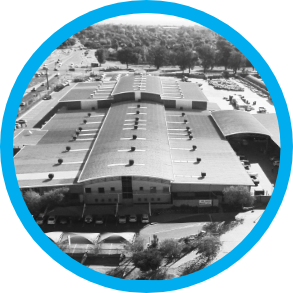



Building on the success of its sister store in Centurion, Montana Megastore opened in 2007, at the start of the world financial crisis.
Over 26 000 product lines are on offer, with the same great service and prices that have made Chamberlain famous for hardware since 1903.
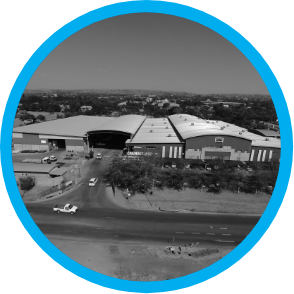

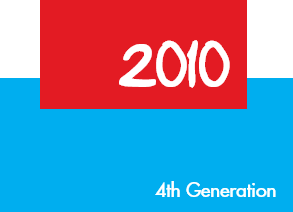

After 107 years, the 4th generation joins the team, ensuring that the Chamberlain founding family values of hard work, integrity, progress with caution and having FUN continue as a vital part of our company’s success.
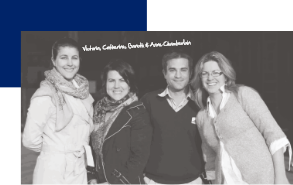



The company expanded eastwards to provide customers with a network of accessible outlets to service all their building material, hardware and home improvement needs.


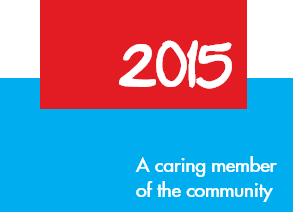

The company donates significant money to organisations involved in education and conservation through the Chamberlain Charitable Foundation.
David Chamberlain was awarded the Austin Roberts Memorial Medal for his contribution to bird conservation in 2015.
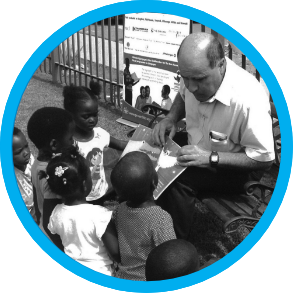



Chamberlain moved northwards into Johannesburg with a green building as part of their commitment to caring for the environment.
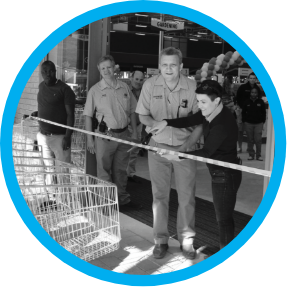

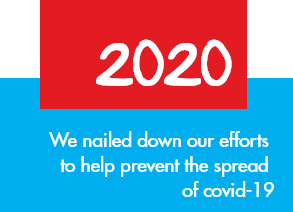

In 2020 Chamberlain had to suspend business as per government regulations from Thursday, 26 March to Friday, 17 April
as South Africa went into a nationwide lockdown to try and curb the spread of Covid-19.
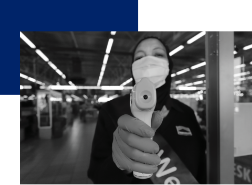

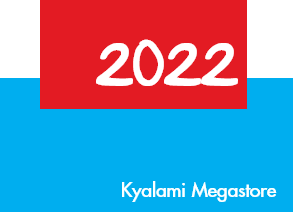

Chamberlain opened its third store
South of the boerewors gordyn.
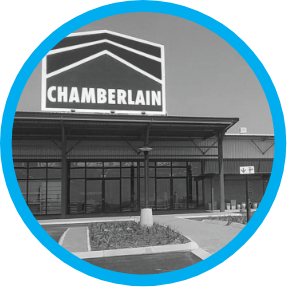

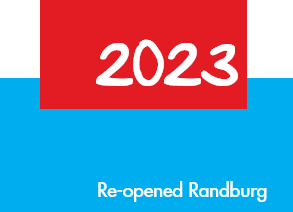

Built in 1984, Chamberlain Randburg's journey began as a builders' merchant. Overcoming economic recessions, we've expanded into retail and DIY. Since the re-opening, our product range has surged from 10,000 to over 15,000 items, showcasing our commitment to growth and diversification.
